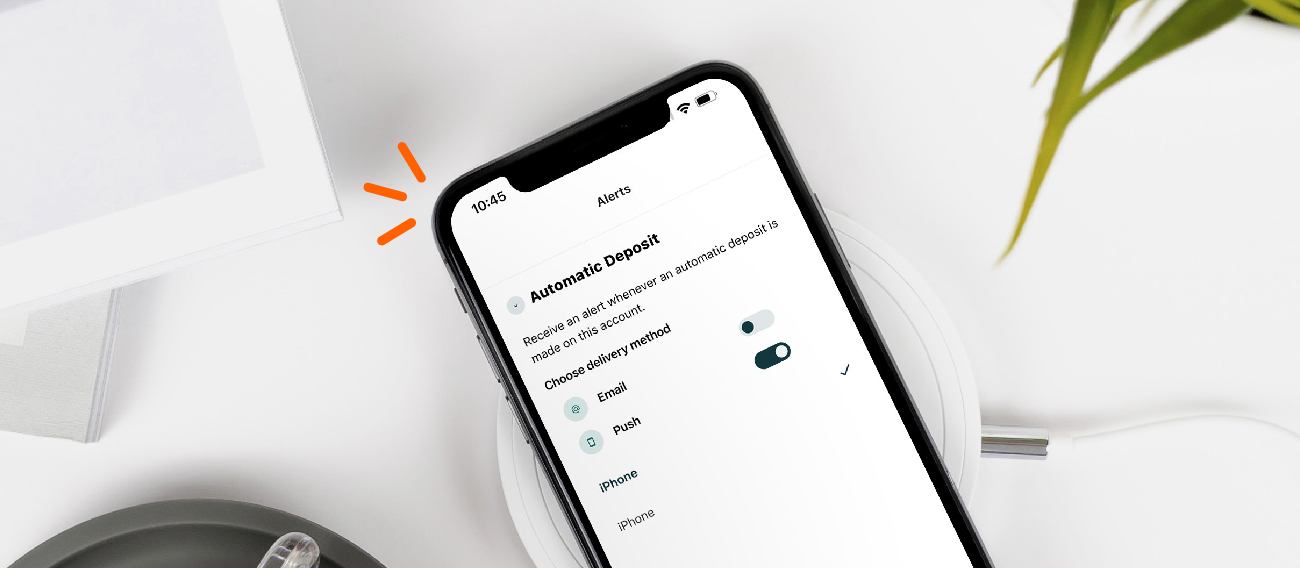Managing your joint finances through a divorce is a stressful, but common situation. One widespread misconception is that a divorce decree will split up loans the way you would expect, but this isn’t always the case. It’s important to take the right steps to protect yourself from future financial distress.
Bills that both you and your ex spouse pay are an important question. Who is ultimately responsible? In this article, we will review how to divide your joint debt and handle your loans with an ex-spouse during a divorce. You’ll learn how a divorce affects your shared debt such as credit cards, mortgage, and auto loans.
There are three routes to take when it comes to divvying up joint debt:
- Refinance your Loans
- Liquidate your Assets
- Pay your Lenders in Full
Option 1: Refinancing Your Loans After Divorce
Although the divorce decree can help you if your ex-spouse doesn’t pay the loan, it’s best to simply refinance the joint debt into your own names so that this bridge doesn’t even need to be crossed. Separating yourself from shared loans that the other party is supposed to repay guarantees that you will not be held accountable for their debt in case anything should happen to them. If you decide to refinance under your name, you’ll need to contact the lien holder and ask to refinance without your spouse.
This option is a bit riskier because your joint loan – whether it’s your mortgage, auto loan, or credit card – was approved in consideration of both parties’ incomes and credit histories. As a matter of fact, it might have even been your credit that accelerated the loan approval process, in which case a lender would be less likely to take your name off of the loan.
TIP: Joint credit card debt can vary depending on which state you reside in, but most states declare both parties responsible for the credit card debt accumulated, despite who was making the payment. A solution to this is to close any shared credit cards and transfer the residual debt to new cards in both parties’ names.
If you’re able to refinance the loan under one individual’s name, the lender will need to take some time to review all variables like income, credit history, debt-to-income, etc. before reaching a final decision to remove the name from the loan. More times than not, a lender will not be able to take you or your ex-spouse’s name off of a loan after a divorce. That’s OK. The good news is that you have many other options available to you.
If you’re interested in refinancing, Alltru offers reliable and low-rate refinancing options.
Browse our loans and compare our rates online.
Option 2: Liquidate your Assets after Divorce
This is the most common solution as it guarantees a clean division of assets. Liquidating shared assets will give you a simple dollar amount to divvy up between yourselves evenly if you and your ex-spouse are wanting to reach a 50/50 split. Depending on your type of joint loan, liquidating will either involve selling your house or car.
Splitting the proceeds of the sale and parting ways makes for a simplified and stress-free separation process. Be sure to consult with your attorney before reaching a decision. This is a desirable option if you and your ex-spouse no longer want to be responsible for your joint assets. You will receive the cash value and be able to achieve a clean break.
Keep in mind that your assets might have depreciated, or decreased in value over time, meaning you may have to end up selling for less than you owe. If this is the case, then you will owe money instead of collect money at the time of sale. Although this is less than optimal, it makes for a clean break and you’ll be able to put the past behind you. This temporary setback could be to your advantage because it may help you avoid financial hardships and distress down the road.
Option 3: Arrange to Pay the Lender in Full
This is a very straightforward method to restructure your joint debt. Simply pay off any loans that are under both parties’ names – with your attorney’s blessing – and acquire a new loan in one person’s name. For example, you’d get a new car loan or mortgage, and use those same funds to fully pay off your old loan that was under both of your names. You’ll need to contact the lien holder in order to arrange for the complete payment of your loan.
TIP: Check to see if your loan has any pre-payment penalties. This is a fee that some lenders charge when you pay all or part of your loan off early, typically seen with mortgages. It varies by lender, but the penalty can be 2% of your loan balance within the loan’s first two years and 1% of your loan balance in year three.
The individual who is going to be held accountable for the debt must apply and get approved on their own. Be conscious of the fact that the new application could be denied if there isn’t sufficient income and/or credit. In such instances, you may be able to put up additional collateral (such as using the equity of a home to pay off an auto loan).
What is best for you and your ex may not be best for another couple going through a divorce. It depends a number of factors such as your shared assets, their value over time, both of your specific goals, and other parties involved such as children. The best advice is to clearly discuss your goals and concerns with your ex-spouse during your divorce. This guarantees there will be no surprises throughout the divorce process, and hopefully means you can leave on amicable terms where both parties reach a mutual compromise.
Remember!
Keep an eye on shared debts and loans as long as your name is on them, keeping in mind that debt can last for years after a divorce. Regardless of what your divorce decree states, if your name is on the account, you are responsible in the lenders’ eyes. After your divorce, it’s important to keep track of your loans and not presume that they’ve already been paid off. To avoid defaulting on debts, regularly monitor your accounts and be aware of any communication from your lender.
We recommend setting up online access to accounts and double-checking that the address and contact information is up-to-date with lenders in case they send you any correspondence. Even if your loan isn’t at Alltru, we are always here for you. Whether you need help talking through your options or answering questions, or you already know what your plan of action is, let us help you make the process as straightforward and uncomplicated as possible.







